When it comes to brewing the perfect cup of coffee, one of the most important factors to consider is the coffee to water ratio. The balance between coffee and water plays a crucial role in determining the strength, flavor, and overall quality of your coffee.
In this article, we’ll explore why the coffee to water ratio matters, how to determine the right ratio for different brewing methods, and how small adjustments can make a big difference in the flavor profile of your cup.
Why Coffee to Water Ratio Matters
The coffee to water ratio is the foundation of any good cup of coffee. If you’re using too much coffee, the result will be overly strong, bitter, or even unpleasant. On the other hand, using too little coffee can lead to a weak, watery brew that lacks depth and richness.
Finding the right ratio ensures that the coffee’s flavors are properly extracted, bringing out the natural notes and aromas. This is why even small adjustments to the ratio can lead to significant changes in taste, making it a critical element of the brewing process.
Read also: Strongest High Caffeine Coffee: Ultimate Boost
Understanding the Basics of Coffee Extraction
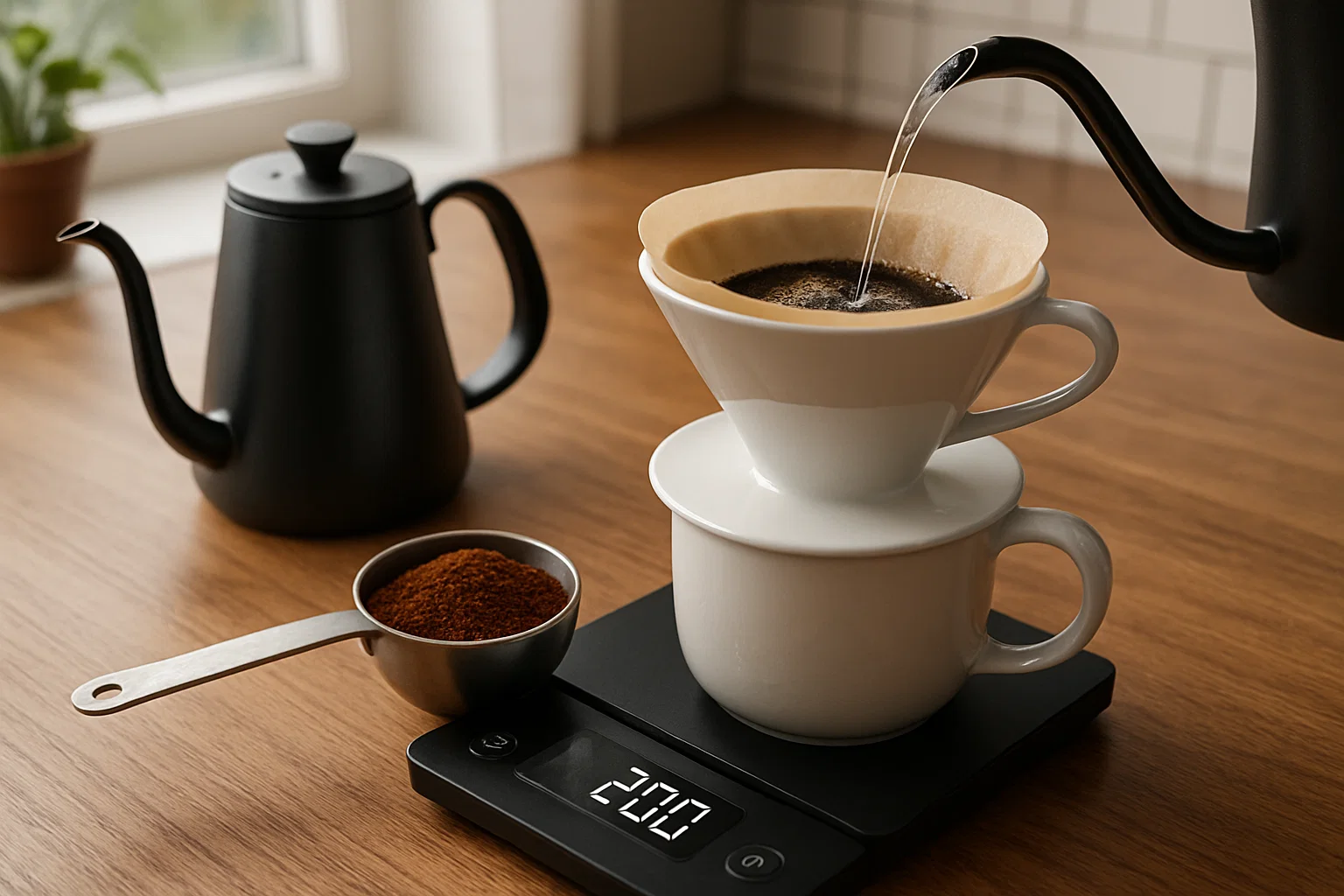
Before diving into the specifics of the ideal coffee to water ratio, it’s important to understand how coffee extraction works. During brewing, hot water interacts with the coffee grounds, dissolving soluble compounds and oils. These compounds are responsible for the flavors, aromas, and body of the coffee.
The key to a balanced cup lies in the extraction process. If the coffee is under-extracted, you may end up with a brew that’s flat, sour, or overly acidic. Over-extraction, on the other hand, can result in bitterness and harshness. The goal is to find a ratio that allows for optimal extraction, producing a coffee that is well-balanced, smooth, and flavorful.
The Standard Coffee to Water Ratio
A commonly accepted starting point for the coffee to water ratio is 1:15. This means that for every gram of coffee, you should use 15 grams (or milliliters) of water. For example, if you’re brewing with 20 grams of coffee, you would use 300 milliliters of water.
This ratio is often considered a good balance between strength and flavor for most brewing methods. However, keep in mind that the ideal ratio can vary depending on factors such as the type of coffee bean, your brewing equipment, and personal preference.
Adjusting the Ratio for Different Brewing Methods
Different brewing methods require different coffee to water ratios. While the 1:15 ratio is a great general guideline, it’s worth experimenting with slight variations to find what works best for your preferred brewing method.
1. Drip Coffee (Filter Coffee)
Drip coffee makers, also known as filter coffee makers, are one of the most common ways to brew coffee. For drip coffee, a ratio of 1:15 is often recommended. However, some coffee drinkers prefer a slightly stronger brew and may opt for a ratio of 1:14 or 1:13. This is particularly true if you’re using a lighter roast coffee, which tends to be milder in flavor.
When making drip coffee, ensure that the water is evenly distributed over the coffee grounds. Uneven wetting can result in inconsistent extraction, affecting the taste of your brew.
2. French Press
The French press method allows coffee grounds to steep in hot water, producing a rich and full-bodied brew. For French press coffee, a ratio of 1:15 to 1:17 works well. If you prefer a more intense, bold cup, try a ratio closer to 1:15. On the other hand, if you’re looking for a lighter, more delicate cup, a 1:17 ratio may be ideal.
Keep in mind that the brewing time for French press coffee is typically around 4 minutes. You can adjust the steeping time to influence the strength of the brew, but the coffee to water ratio is the primary factor in achieving the desired flavor profile.
3. Pour-Over
Pour-over coffee, made using equipment like a Chemex or Hario V60, requires a more hands-on approach to brewing. For pour-over coffee, the 1:15 ratio is a great starting point, but you’ll likely want to adjust based on the grind size and brewing technique. A finer grind may require slightly more water, while a coarser grind may need a bit less.
Pour-over brewing offers more control over the extraction process, allowing you to experiment with variables like water temperature and pouring speed. These factors can influence the overall strength and flavor, so don’t be afraid to tweak the ratio based on your results.
4. Espresso
Espresso is a concentrated form of coffee that uses high pressure to force hot water through finely-ground coffee. The coffee to water ratio for espresso is much lower than other methods due to the small volume of liquid used.
The standard ratio for espresso is around 1:2. This means that for every gram of coffee, you’ll use 2 grams of water. For example, for a single shot of espresso, you would typically use 18 grams of coffee and 36 grams of water.
Espresso requires a fine grind and precise timing to achieve the right balance. If you use too much coffee or too little water, the result will be an overly bitter shot. Conversely, too little coffee or too much water can lead to a weak, under-extracted brew.
5. Cold Brew
Cold brew coffee is made by steeping coarsely ground coffee in cold water for an extended period, usually 12-24 hours. The typical coffee to water ratio for cold brew is 1:4 to 1:5, as the slow extraction process produces a concentrated, rich flavor.
Once the cold brew concentrate is ready, it can be diluted with water or milk to achieve your desired strength. Many people enjoy cold brew for its smooth, mellow flavor, which is less acidic than hot-brewed coffee.
The Role of Grind Size in Coffee to Water Ratio
In addition to the coffee to water ratio, the grind size plays a crucial role in the extraction process. A finer grind increases the surface area of the coffee grounds, leading to faster extraction. A coarser grind slows down extraction, resulting in a gentler brew.
For methods like espresso, which require a fine grind, the extraction process is quicker, and the ratio may need to be adjusted slightly. For methods like French press or cold brew, where a coarser grind is used, the coffee to water ratio may need to be slightly higher to compensate for slower extraction.
When adjusting your coffee to water ratio, always consider the grind size to ensure optimal flavor. A grind that’s too fine for a French press or too coarse for espresso can negatively affect the taste, no matter how perfect your ratio is.
Other Factors That Affect Your Coffee’s Strength
While the coffee to water ratio is a key factor, there are other elements that can influence the strength and flavor of your coffee. These factors include:
1. Brewing Time
The amount of time the water spends in contact with the coffee grounds is another important variable. Longer brew times result in more extraction, which can make the coffee stronger and more bitter. Shorter brew times produce lighter, more delicate cups.
2. Water Temperature
The temperature of the water used for brewing also affects the extraction process. Water that’s too hot can lead to over-extraction, making the coffee taste bitter, while water that’s too cool can result in under-extraction, leading to a weak and sour brew. The ideal brewing temperature is between 195°F and 205°F (90°C to 96°C).
3. Coffee Freshness
Freshly roasted coffee beans provide the best flavor, as they have the most aromatic compounds and oils. Coffee that’s been sitting on the shelf for a long time can lose its vibrancy, leading to a dull or stale taste. Always grind your coffee just before brewing for the freshest possible cup.
Read also: Discover 2025’s Hottest Coffee Trends Before They Drop!
Experimenting with Your Coffee to Water Ratio
Ultimately, the ideal coffee to water ratio is a matter of personal preference. While the ratios outlined above provide a great starting point, don’t be afraid to experiment. Some people prefer a stronger cup, while others like it a bit milder.
Start with the recommended ratios and adjust according to your taste. You might find that slightly tweaking the ratio based on your favorite brewing method or coffee bean type can yield even better results.
Conclusion
Achieving the perfect cup of coffee requires more than just a good coffee machine or fancy equipment. The coffee to water ratio is one of the most essential factors in ensuring that your brew has the right strength, flavor, and balance.
By understanding the principles behind the coffee to water ratio and adjusting it to suit your brewing method, grind size, and personal preferences, you can elevate your coffee-making skills to new heights. Whether you’re brewing drip coffee, espresso, or cold brew, the ideal ratio is key to unlocking the full potential of your coffee.
Experiment with different ratios, enjoy the process, and soon enough, you’ll be brewing the perfect cup of coffee every time!


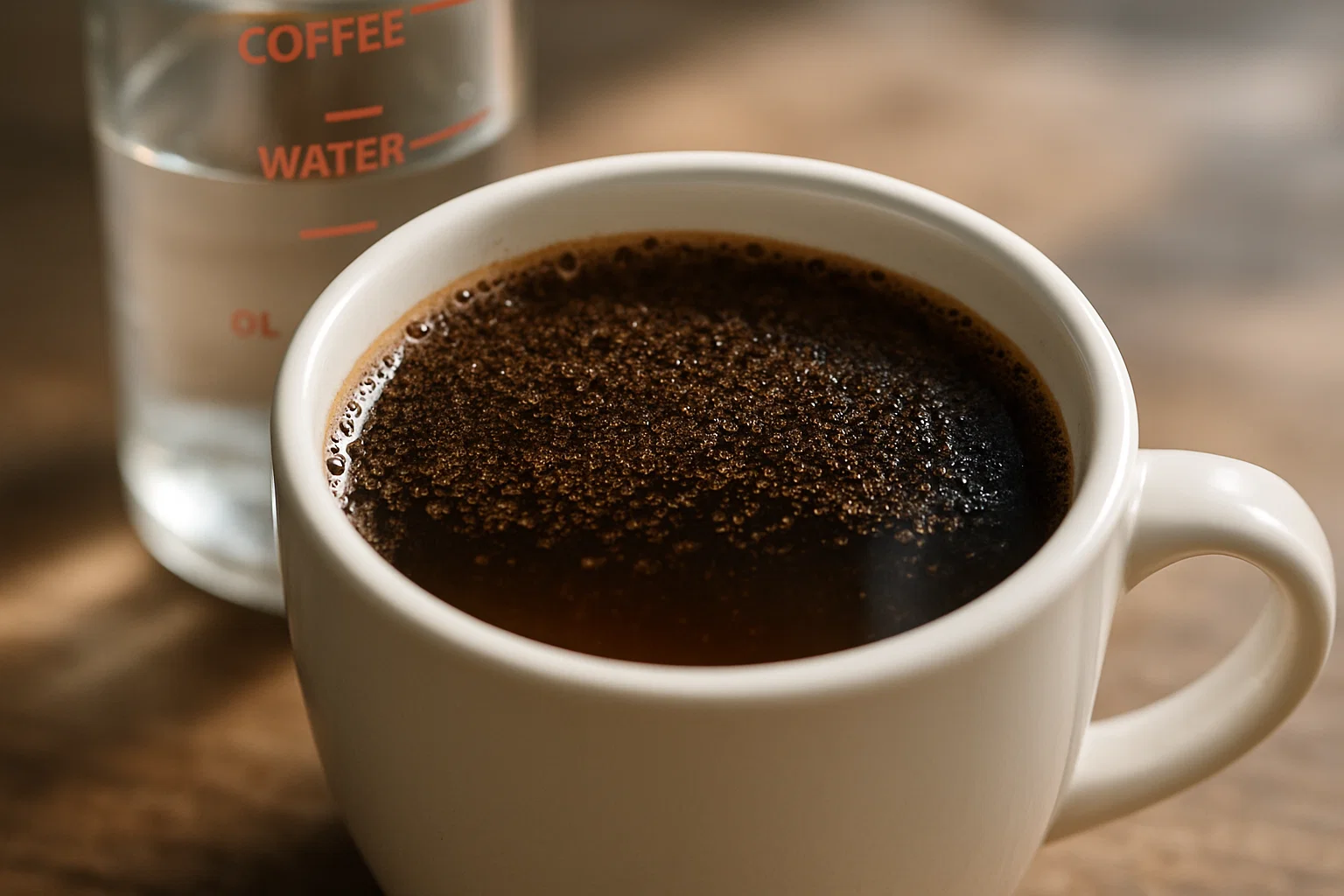
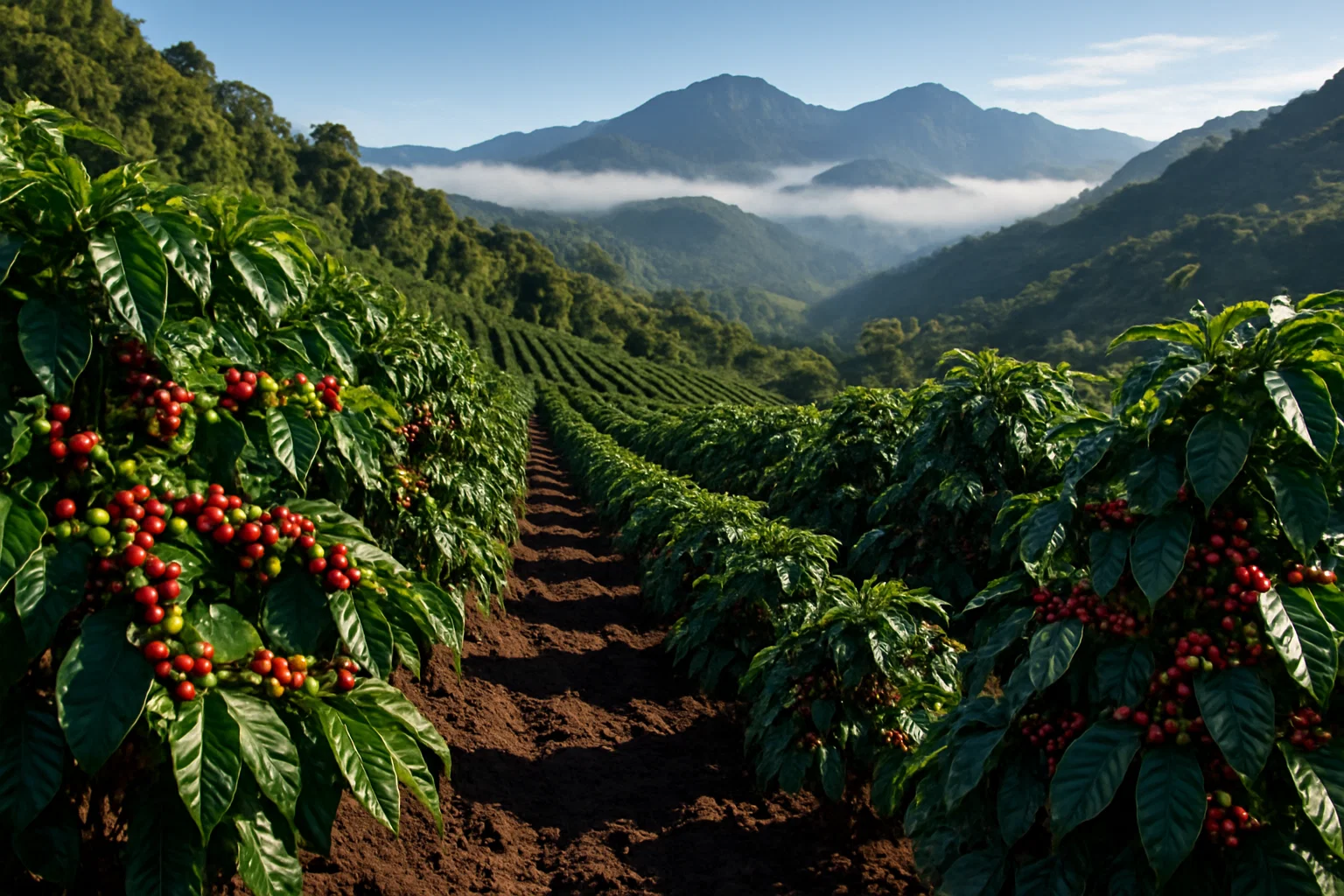
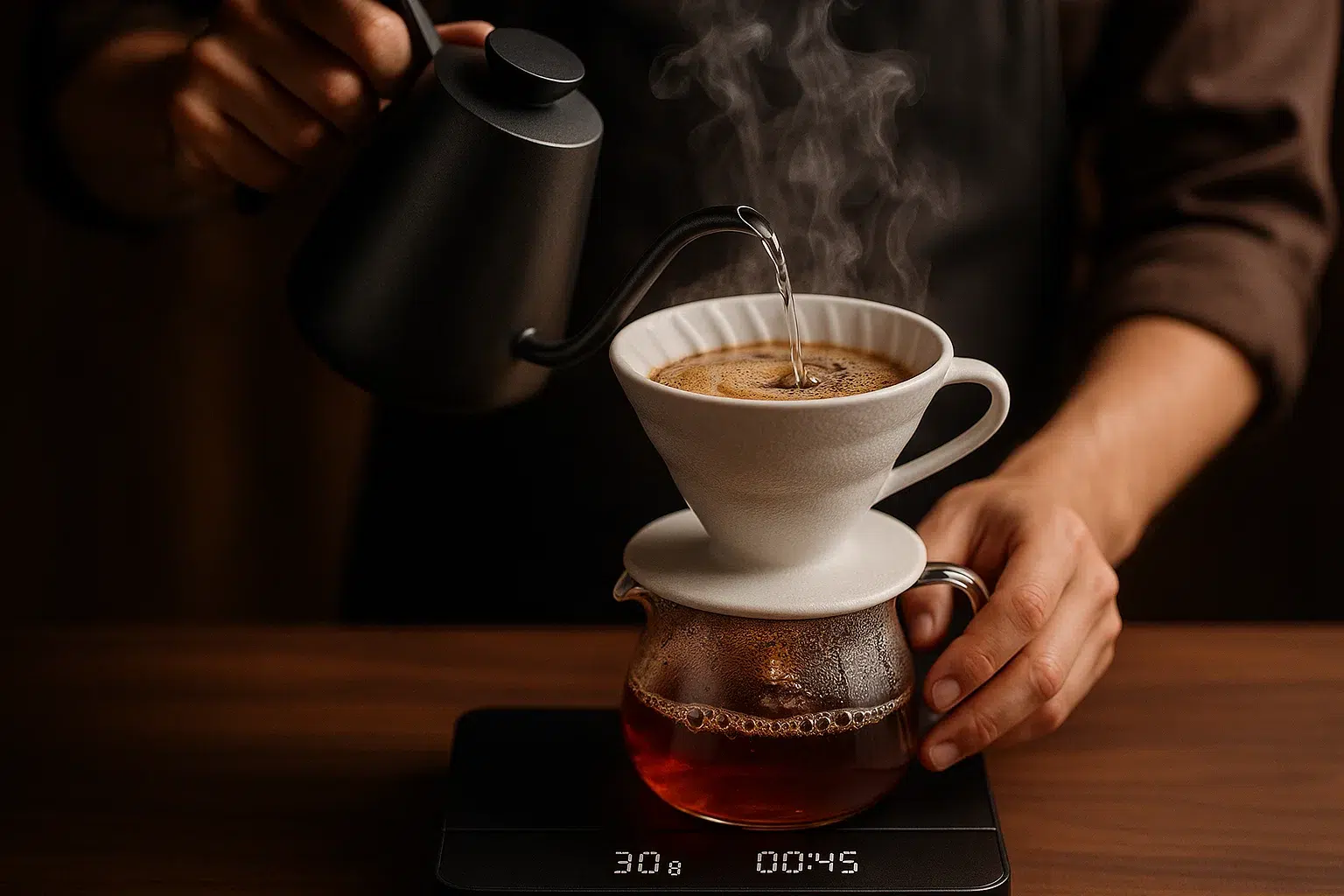
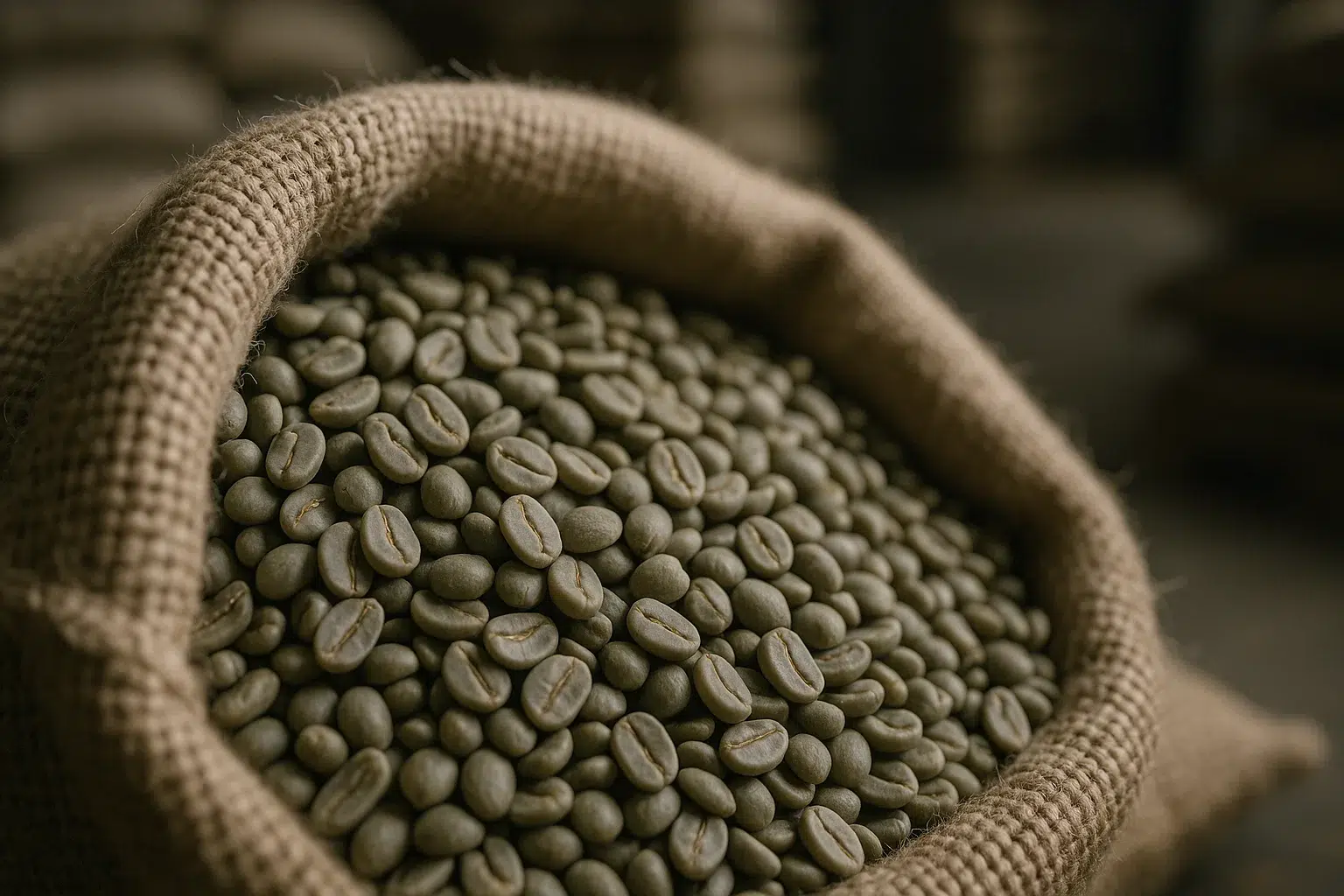
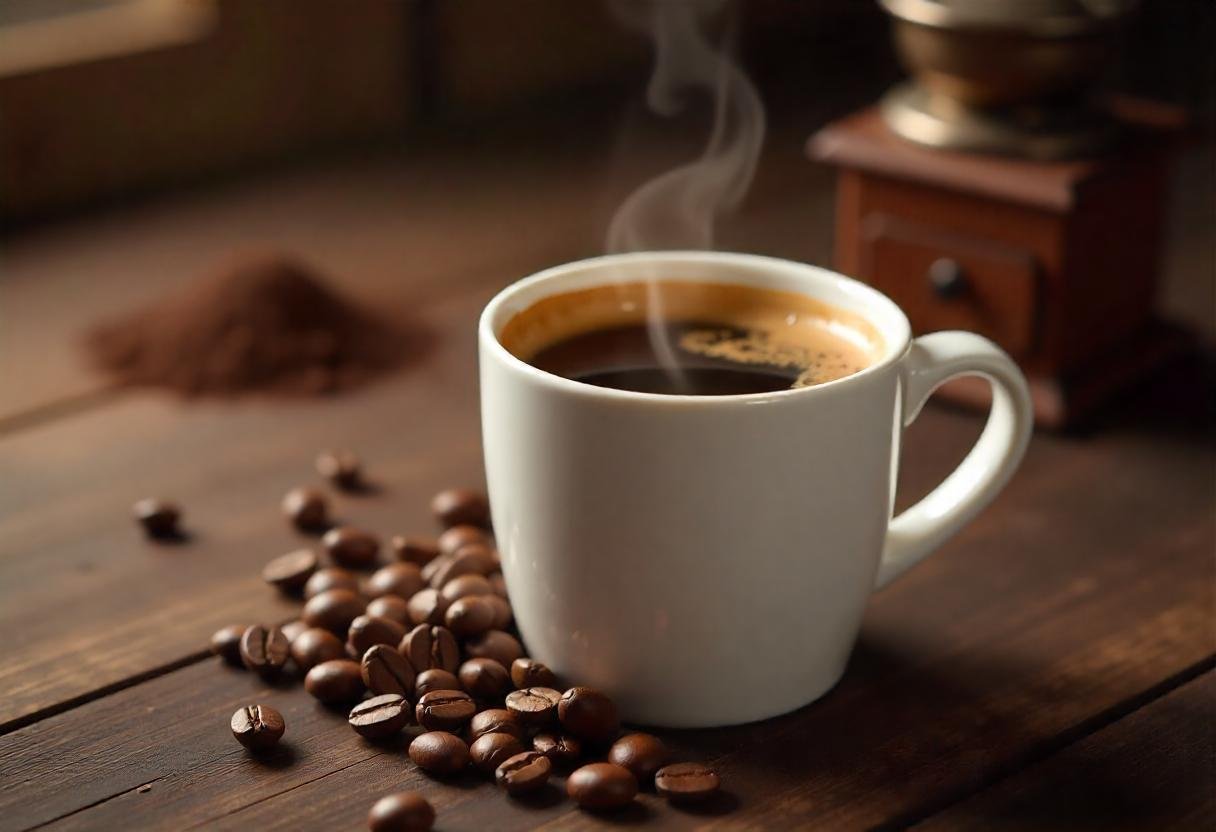
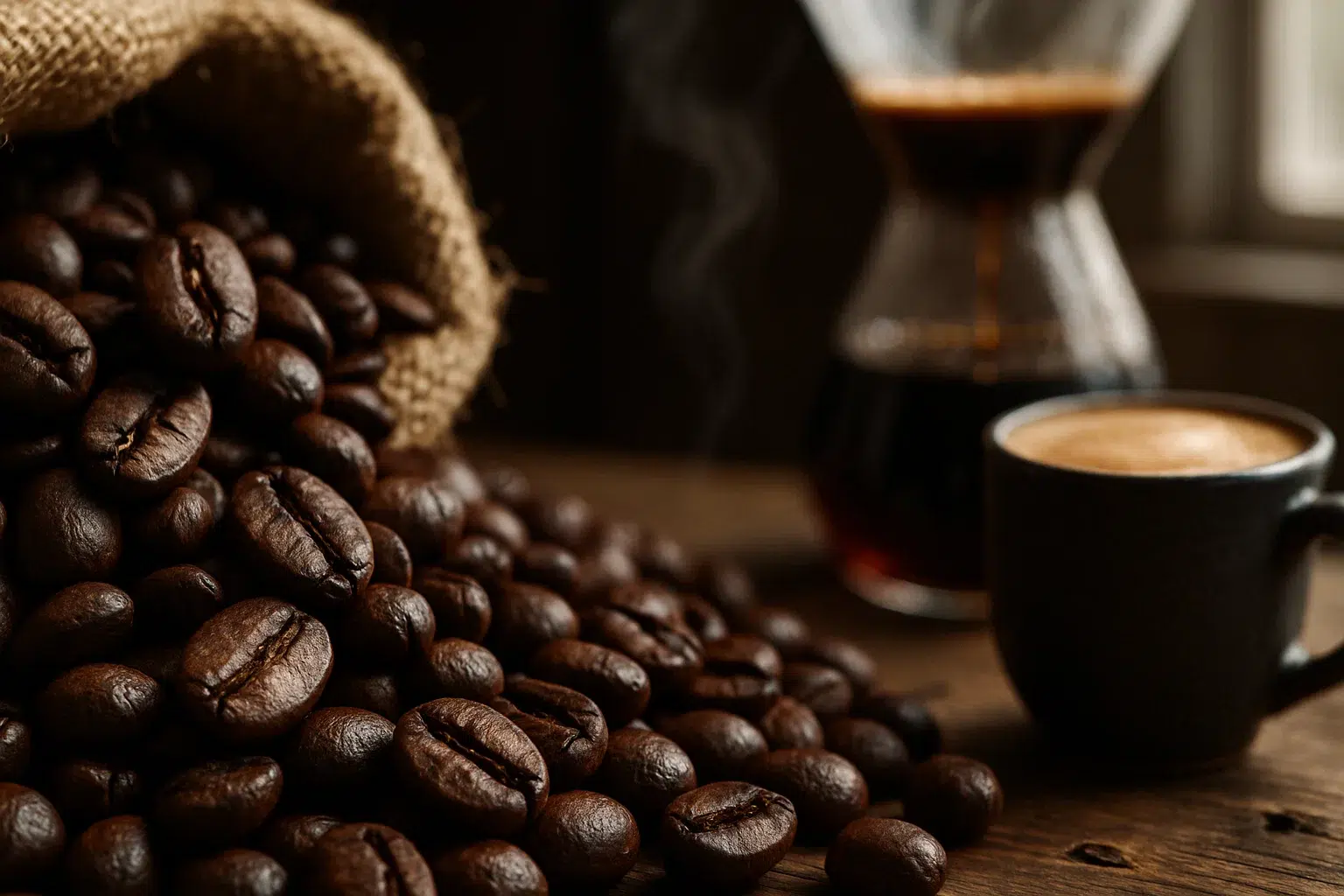
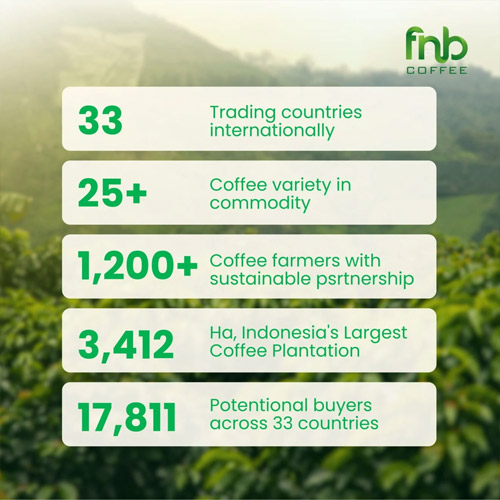





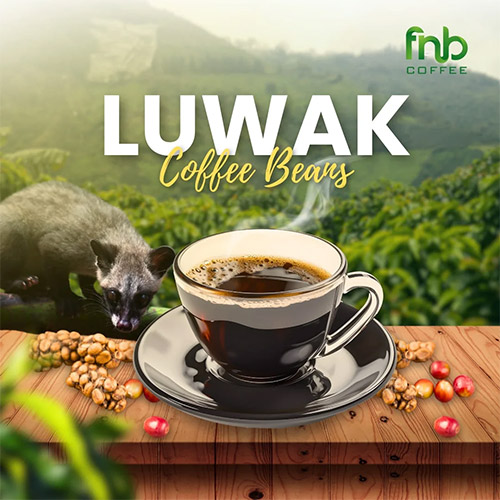

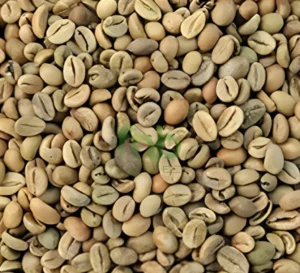

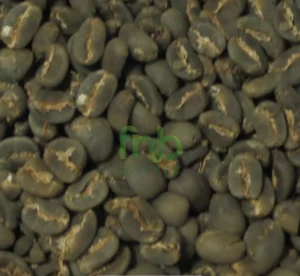









 Arabic
Arabic Chinese (Simplified)
Chinese (Simplified) Dutch
Dutch English
English French
French German
German Indonesian
Indonesian Italian
Italian Japanese
Japanese Portuguese
Portuguese Russian
Russian Spanish
Spanish